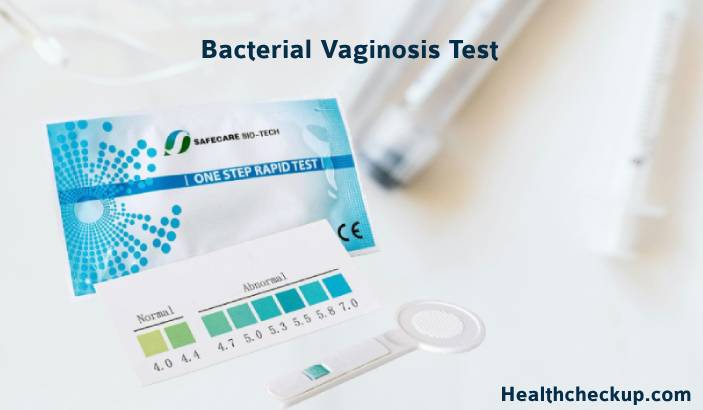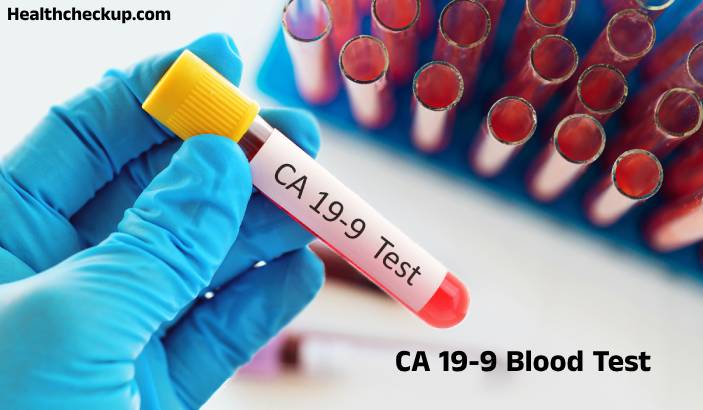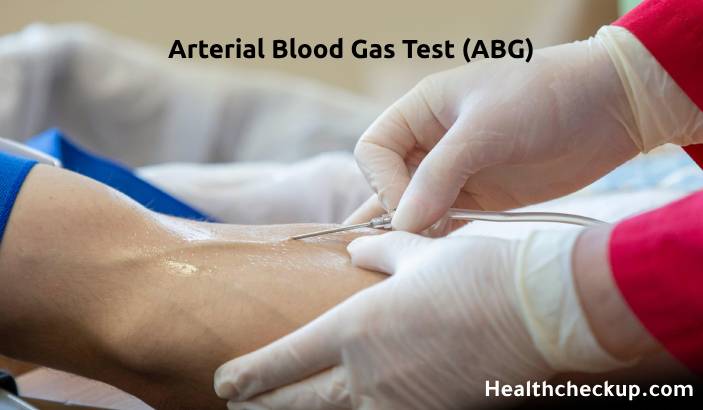Bacterial vaginosis (BV) is a common vaginal condition that results from an imbalance of the normal bacteria found in the vagina. Often characterized by symptoms such as unusual vaginal discharge and odor, BV can lead to significant discomfort and further reproductive health issues if left untreated. Understanding the Bacterial Vaginosis test, its purpose, preparation, procedure, and the interpretation of results is essential for effective diagnosis and management. This article explores these aspects in detail along with the potential risks involved.
Purpose of Bacterial Vaginosis Test
- Diagnosis of BV: The primary purpose of the test is to diagnose bacterial vaginosis, especially in women experiencing symptoms suggestive of the infection.
- Differentiating from Other Infections: It helps differentiate BV from other infections like yeast infections or sexually transmitted infections (STIs), which can exhibit similar symptoms.
- Guiding Treatment: Accurate diagnosis via the test ensures appropriate treatment, which is crucial as untreated BV can lead to serious reproductive health issues, including increased risk of STIs and complications during pregnancy.
Preparation for Bacterial Vaginosis Test
- Medical History: Be prepared to discuss symptoms, medical history, and any sexual health concerns with the healthcare provider.
- Avoid Douching: Patients are advised not to douche or use vaginal sprays for at least 24 hours before the test as these can alter the natural bacterial environment of the vagina.
- Timing with Menstrual Cycle: It’s recommended to schedule the test when not menstruating, as menstrual blood can affect the results.
- Sexual Activity: Refraining from sexual activity 24 hours prior to the test may be advised.
Procedure of Bacterial Vaginosis Test
- Specimen Collection: During a pelvic exam, a healthcare provider will use a swab to collect a sample of vaginal fluid. This procedure is quick and usually painless.
- Lab Analysis: The sample is sent to a laboratory where it’s examined under a microscope or subjected to other diagnostic tests to detect the balance of bacteria present.
- pH Level Measurement: The pH of the vaginal fluid is typically measured; an elevated pH level (above 4.5) is indicative of BV.
Normal Range
- pH Levels: A normal vaginal pH level typically ranges from 3.8 to 4.5. Levels above this range may suggest BV or another vaginal infection.
- Microscopic Findings: The presence of “clue cells” (vaginal cells covered with bacteria) during microscopic examination is a hallmark of BV.
Results Interpretation
- Positive Test Result: Indicates the presence of bacterial vaginosis. Treatment usually involves antibiotics.
- Negative Test Result: If symptoms persist, further investigation might be required to rule out other types of infections or medical conditions.
- Follow-Up Care: Depending on symptoms and medical history, additional follow-up may be necessary to ensure the infection has resolved, particularly if symptoms persist or recur.
Risks Associated with Bacterial Vaginosis Test
- Physical Discomfort: Some women may experience slight discomfort during the swab procedure.
- Emotional Impact: Being tested for BV, particularly if symptoms are recurrent, can be stressful for some patients.
- Misdiagnosis: Although rare, there is a risk of misdiagnosis if the sample is contaminated or if the infection is in its very early stages.
By accurately diagnosing BV, the test aids in initiating appropriate treatment strategies that can prevent more serious health complications. Understanding the test process and what to expect can help alleviate any anxiety associated with the procedure and contribute to better personal health management.
For healthcare providers, ensuring that the test results are accurate and effectively communicated to the patient is essential for managing the condition. For patients, knowing when and how to prepare for a BV test and understanding the potential outcomes can lead to more effective care and a quicker resolution of symptoms. As with any medical condition, a proactive approach to diagnosis and treatment of BV is critical to maintaining good reproductive health and overall well-being.








